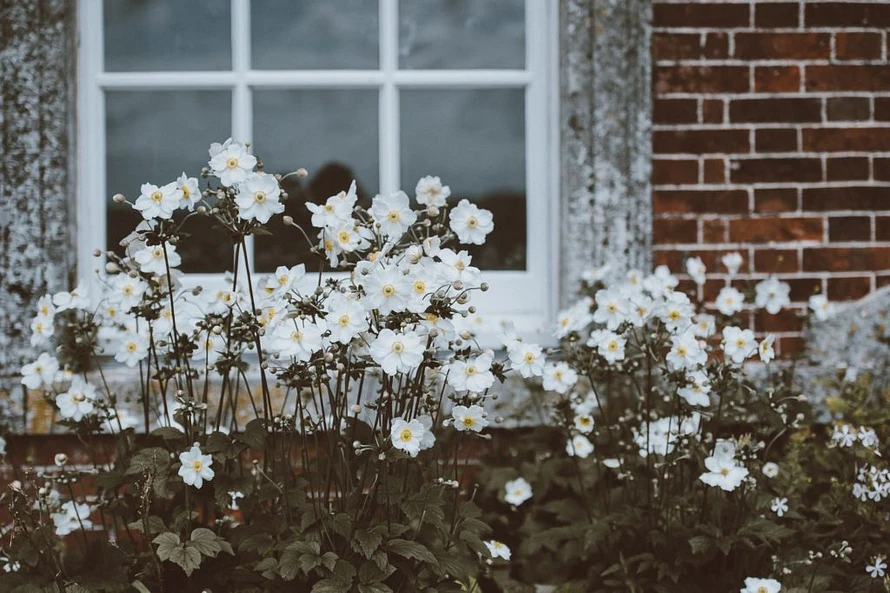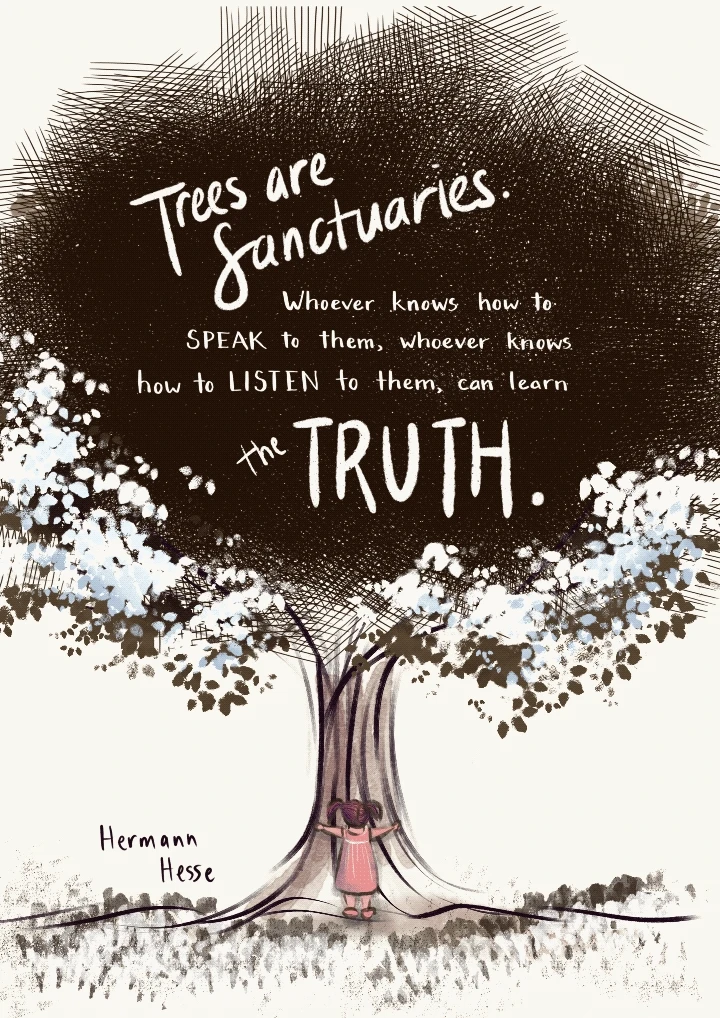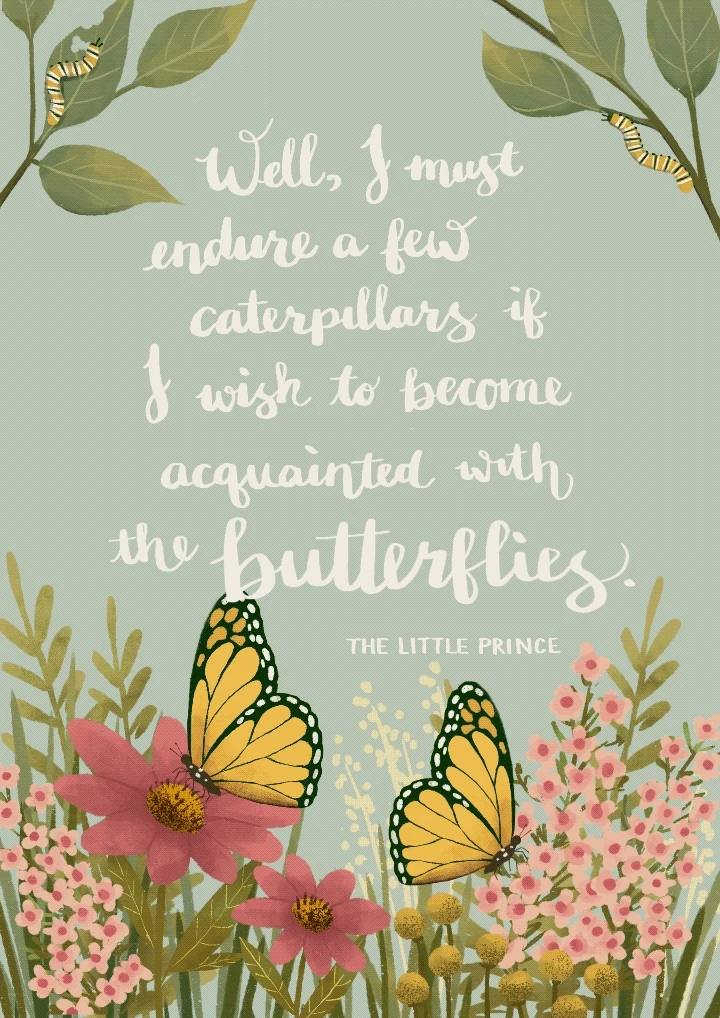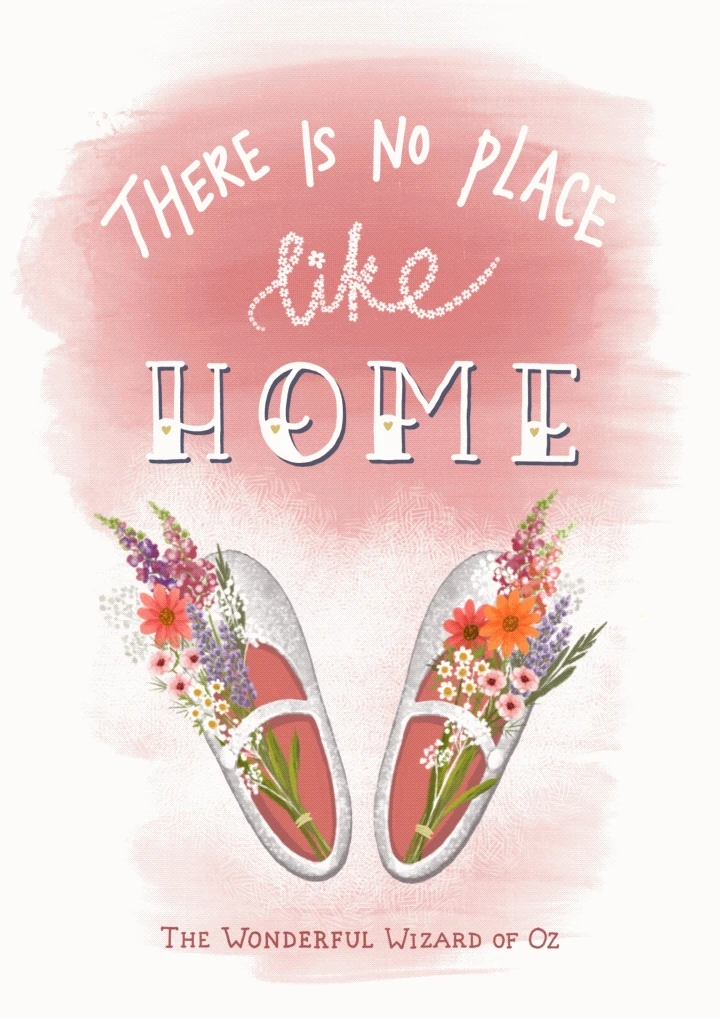Welcome to A Flourishing Commons
Hello, welcome, and thank you for being here.
Whether you are dropping by or staying to join the community, please check out my feature posts on what is a flourishing commons and my learning philosophy on being human. I hope you will find resonance in collective healing, (re-)learning, and sharing beauty. If you have a beautiful experience of your own to share, please consider leaving the story here to inspire others!
In this feed, I will mainly be posting quick updates related to my artwork, writing, and advocacy work. If you want to read more essays, you can find blog posts on spirituality, social theory, and philosophy on my personal website. This post on the ethics of flourishing will explain the theory behind my focus on human flourishing.
Lastly, remember to check out the shop. There's a selection of free digital downloads waiting for you!









